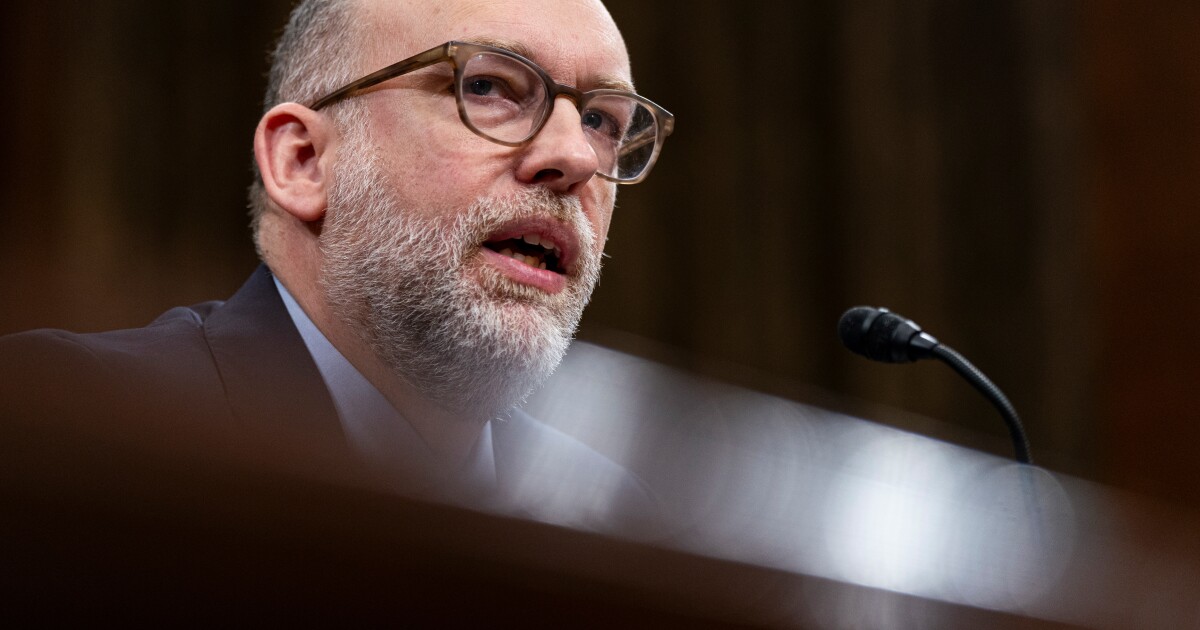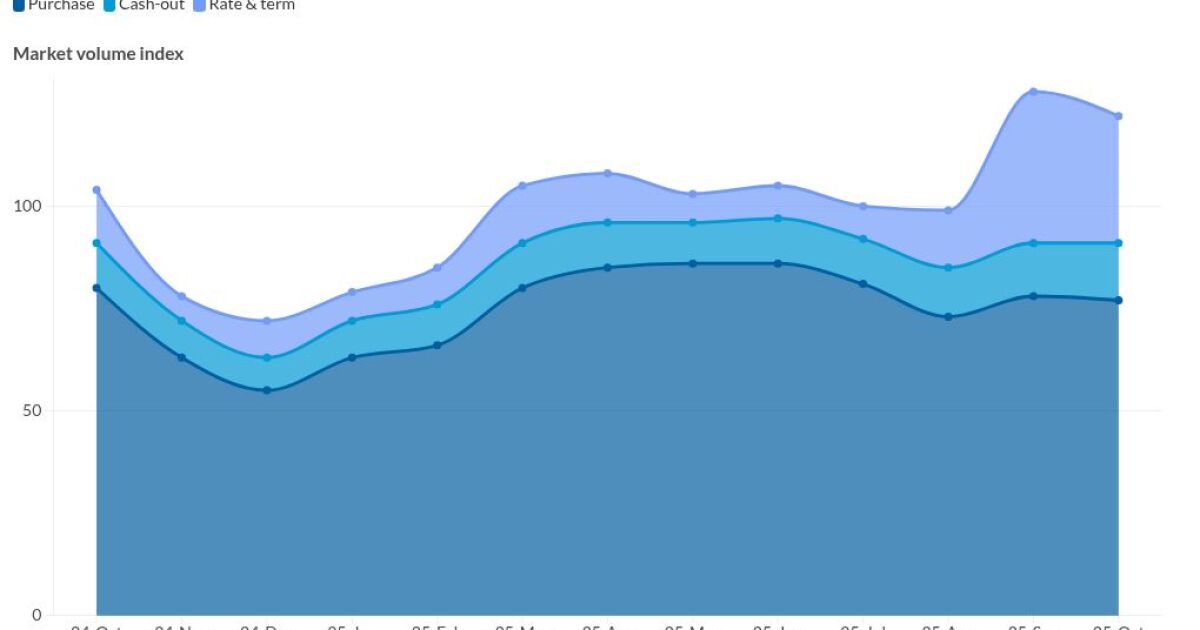
With mortgage rates this week hitting their highest level since 2000, the full extent of the Federal Open Market Committee's latest short-term rate pronouncement on the mortgage market can now be determined. Several trackers put mortgage rates at two-decade peaks.
But this might be the high point, as a confluence of factors around credit, oil prices and a government shutdown could end up acting as a drag on the economy and rates.
Yesterday's Mortgage Bankers Association Weekly Application Survey release only covered rate movements through last Friday. In that two-day period, the various fixed rates it tracks were at 20-year highs.
However, today's Freddie Mac Primary Mortgage Market Survey put the 30-year fixed rate loan at 7.31% for the week of Sept. 28, up 12 basis points from 7.19% seven days earlier.
This is the highest for the PMMS since Dec. 15, 2000, when the 30-year FRM was 7.42%.
For the same week last year, the 30-year FRM averaged 6.7%.
The 15-year FRM increased by 18 basis points to 6.72 for this week from 6.54%. One year ago it averaged 5.96%.
"However, unlike the turn of the millennium, house prices today are rising alongside mortgage rates, primarily due to low inventory," Sam Khater, Freddie Mac chief economist, said in a press release. "These headwinds are causing both buyers and sellers to hold out for better circumstances."
Zillow's own rate tracker increased 23 basis points as of Thursday morning to 7.35% from the prior week's average of 7.12%.
At the same time, the Optimal Blue (recently acquired by Constellation Software) rate tracker from its product and pricing engine reported the 30-year conforming FRM averaged 7.425% on Sept. 27, the last date data is available for. For Sept. 20, the average was 23 basis points lower at 7.222%.
"Mortgage rates…continued to climb this week as investors adjusted their expectations about the strength and resilience of the U.S. economy," said Orphe Divounguy, senior macroeconomist at Zillow Home Loans in a statement from Wednesday night. "The most recent GDP estimates show an uptick in economic growth from the previous quarter and new data on business investment confirms equipment spending rebounded in August."
It's not just investors' views over inflation driving movements in the 10-year Treasury yield but also expected economic growth.
"Stronger than anticipated economic activity is pushing real yields and nominal yields higher," said Divounguy. "However, the impacts of tighter credit conditions, rising oil prices, student loan repayments and the risk of a prolonged government shutdown are all expected to cool the labor market further and temper economic activity in the coming months."



